Learning to roller skate doesn’t take as long as you might think. With consistent practice - about 2-3 sessions a week for 30-60 minutes - you can master the basics like balancing, pushing, and stopping in just 1 to 2 weeks. If you practice daily or get help from a coach, you might get there even faster.
Here’s the deal:
- Practice Frequency Matters: More practice = faster progress. Beginners skating 2-3 times a week often learn quicker than those skating once a week.
- Age & Fitness: Younger skaters may pick it up faster due to better coordination, but adults can learn too (and often with more patience).
- Skate Type: Quad skates are easier for beginners because they’re more stable. Inline skates offer speed but can feel tricky at first.
- Experience Helps: If you’ve tried similar sports like ice skating or skiing, you’ll likely find roller skating easier to learn.
Once you’ve got the basics down, intermediate skills like sharper turns or faster stops may take 3 to 6 weeks of steady practice. Becoming an expert? That’s a longer journey, but the fun starts as soon as you can roll forward and stop safely.
The key? Stay consistent, use safety gear, and enjoy the process. Everyone learns at their own pace, so don’t rush it - skating is about having fun while improving!
Learn to Roller Skate in less than 24 Hours | Ultimate beginners guide
What Affects How Fast You Learn Roller Skating
Several factors play a role in how quickly you can pick up roller skating. Understanding these can help you set realistic goals and create a plan that works for you. Let’s break it down.
Your Age and Fitness Level
Your age and physical fitness can influence how easily you grasp the basics, like balance, endurance, and muscle memory.
Younger folks often have a slight edge because they tend to be more flexible and coordinated. But don’t let that discourage you if you’re starting later in life - age isn’t a roadblock. It’s more about how active and adaptable your body is.
"What matters more than age is how your body is used to moving." - Princess on Skates
In fact, older skaters often bring patience and focus to their learning process, which can lead to a more thorough understanding of the skills.
"Older skaters tend to have more patience and are not in a hurry to learn, which can lead to deeper learning." - Skatefresh
Take Ellen, for example. In August 2023, this 70-year-old laced up roller skates for the first time. With the right safety gear and a supportive environment, she proved that age is no barrier to learning something new.
If you’re starting later in life, consider prepping with exercises like yoga or Pilates to improve your balance and coordination. These activities can make learning to skate feel more natural. And don’t skip the safety gear - protective pads, a helmet, and softer surfaces can help you build confidence while reducing the risk of injury.
How Often You Practice
The more consistent you are, the faster you’ll improve.
For beginners, practicing 2-3 times a week is ideal. Sessions can be short - start with 15-30 minutes focusing on basic moves, and work your way up to 30-60 minutes as you gain confidence.
"Consistency is key! Practice regularly… ideally a few times a week but if you can't manage that try for once a week." - Lisa J. Skates, Roller Skating Expert
Regular practice makes a big difference. Studies show that practicing 3-4 times a week can lead to noticeable improvements in balance and coordination within 6-12 weeks. A mix of drills (like stopping and turning) and free skating keeps things fun while building your skills.
For instance, a September 2023 study found that participants in a structured roller skating program showed significant gains in balance and agility after just four weeks of consistent practice. Short, frequent sessions tend to work better than long, sporadic ones because your body and brain need time to absorb and reinforce what you’ve learned.
Experience with Similar Sports
If you’ve tried balance sports before, you might find roller skating easier to pick up.
"If you have previous experience in other balance sports like ice skating or downhill skiing you might find roller skating easier to learn." - Lisa J. Skates, Skating Instructor, Boardwalk Skater
Sports like ice skating, skiing, or skateboarding teach skills like weight shifting, edge control, and staying balanced while moving - all of which translate well to roller skating.
In fact, many people find roller skating less intimidating than ice skating. The four-wheel setup of quad skates offers more stability compared to the single blade of ice skates, which demands more precise balance and core strength.
One beginner who transitioned from ice skating to roller skating said they felt comfortable on wheels much faster than expected. After just a week of practice, they were skating confidently, thanks to their ice skating background.
Roller skating also has simpler stopping techniques compared to ice skating, which can make the learning curve feel less steep. These advantages, combined with the right gear and approach, can make your skating journey smoother - more on that in the next section.
Gear You Need to Start Roller Skating
Getting the right gear isn’t just about looking cool - it’s about staying safe and making the learning process smoother. Let’s break down the essentials to help you start with confidence.
Safety Gear
Falling is part of learning, but the right safety gear can save you from injuries that might slow you down. A solid protective setup includes a helmet, knee pads, elbow pads, and wrist guards. Each piece plays a role: helmets can cut the risk of head injuries by up to 85% during falls, and wrist guards are lifesavers since wrist injuries are super common in skating.
"Wearing the right protective gear significantly reduces the risk of injuries and provides peace of mind, allowing you to focus on having fun." - Bont Skates
Bont Skates ran a study in 2023 with 500 participants over six months. The results? Beginners wearing full protective gear reported 70% fewer injuries compared to those who didn’t bother with protection. That’s a big deal.
When shopping, focus on fit and quality. A helmet like the Triple8 Certified Sweatsaver is a crowd favorite, scoring 4.7/5 from over 1,000 users for its comfort and safety. For pads, 187 Killer Pads are a top pick among experienced skaters for being both tough and comfy. Expect to spend $50 to $100 for a basic set, depending on the brand.
"Investing in proper protective gear is an investment in your safety and well-being while roller skating." - Rollerblade USA
And here’s a pro tip: if your gear looks worn out or has taken a hard hit, replace it. It’s not worth the risk.
Picking the Right Skates
Your skates can make or break your experience, especially when you’re just starting out. The big question: quad skates or inline skates?
For beginners, quad skates are usually the go-to. They’re more stable, making it easier to balance and stand still without toppling over. In fact, a 2023 survey found that 85% of beginner skaters preferred quad skates for their first pair because they’re easier to learn on.
"Quad skates offer more lateral stability compared to inline skates, making them a popular choice for beginners." - SkatePro
When picking skates, keep these factors in mind:
- Fit: Your skates should feel snug but not too tight. A bad fit can lead to discomfort and make it harder to control your movements.
- Boot Type: High-cut boots give more ankle support, which is great for beginners. Low-cut boots, on the other hand, offer more mobility but require stronger ankles.
- Wheels: If you’re skating outside, go for softer wheels (78A–82A durometer) for better grip and shock absorption on bumpy surfaces. For indoor skating, harder wheels (95A–100A) are better for durability and a smooth roll.
Price-wise, beginner quad skates range from $50 to $150. Inline skates start around $70 and can climb to $300 for advanced models. If you’re looking for a solid beginner option, the Riedell R3 is a popular choice. It’s known for being comfy and durable - perfect for those just starting out.
Snowfeet* Mini Ski Skates for Winter Skating
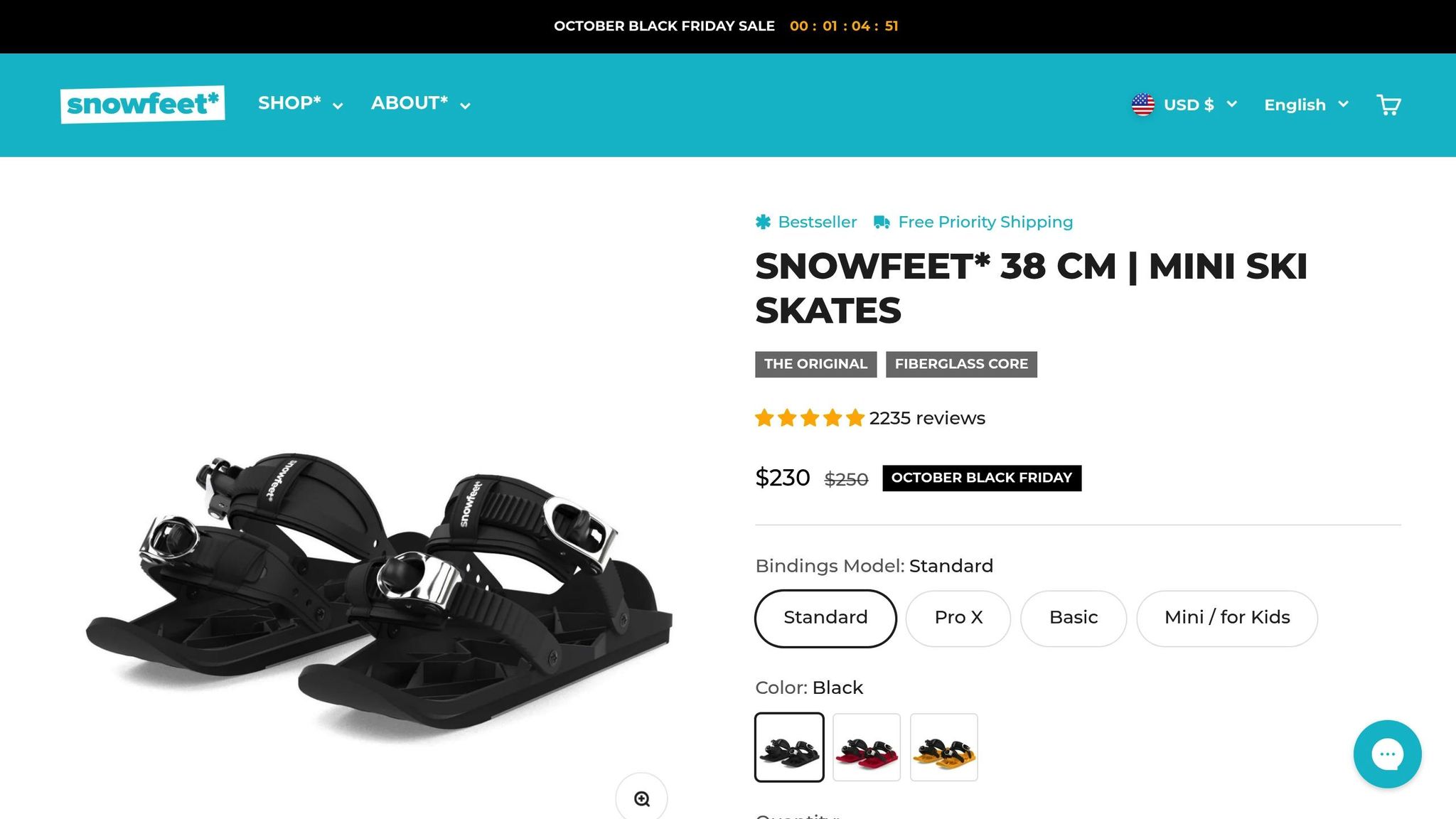
If you want to keep your balance skills sharp during winter, check out Snowfeet* Mini Ski Skates. These little skates are just 15 inches long (38 cm), making them way easier to handle than traditional skis, which are often over 59 inches long. Perfect for beginners.
Snowfeet* work with your regular winter boots, so you don’t need to buy pricey ski boots or rent extra equipment. At around $140, they’re a budget-friendly way to enjoy the snow compared to traditional ski gear, which can easily cost several hundred dollars.
What’s great about Snowfeet* is how fast you can pick them up. Most people feel confident after just a few hours, which keeps the fun going and builds skills you can use when roller skating returns in warmer months.
| Feature | Snowfeet* Mini Ski Skates | Traditional Skis |
|---|---|---|
| Length | 38 cm (15 in) | 150+ cm (59+ in) |
| Weight | Lightweight and portable | Heavy and cumbersome |
| Boot Compatibility | Regular winter boots | Specialized ski boots required |
| Learning Curve | Quick and easy | Longer and more complex |
With an average rating of 4.9 out of 5 stars from over 2,200 reviews, Snowfeet* are a hit for their ease of use and fun factor. They’re great for casual use on hills or in parks, and they help you stay in skating shape year-round. Plus, the balance, edge control, and weight-shifting skills you develop on Snowfeet* translate directly to roller skating, making them a win-win for winter fun and training.
sbb-itb-17ade95
How to Learn Roller Skating Step by Step
Learning to roller skate doesn't have to feel like a daunting task. By breaking it into manageable steps, you can build confidence and enjoy the process. Start with the basics, then move on to stopping and turning techniques as you gain control.
Basic Skills First
Start with a solid stance: keep your feet shoulder-width apart, bend your knees slightly, and lean forward just a bit. This position gives you better balance and reduces the chance of falling backward - a common mistake when standing too straight.
Begin by practicing your balance. Stand still on your skates and shift your weight from one foot to the other. Once you're comfortable, move on to stepping motions and, finally, gliding. Push off gently with one foot while the other glides forward. Take it slow and focus on this push-and-glide motion until it feels natural.
Make sure to work both legs evenly. This helps with balance and makes turning easier later. Aim for short practice sessions of 15–20 minutes at first. It might feel repetitive, but this foundation is crucial for smoother skating as you improve.
Stopping and Turning Techniques
After nailing the basics, it’s time to learn how to stop and turn with control.
Start with the toe stop, the go-to method for beginners. While gliding slowly, press the toe stop of one skate (usually your dominant foot) against the ground and let it drag to bring you to a halt. Practice this at a slow speed and gradually build confidence.
For turning, shifting your weight is key. To turn left, lean slightly to the left; to turn right, lean to the right. Keep your movements small and controlled at first. Begin with wide, gentle curves before trying sharper turns. Consistent practice will make these moves feel natural.
Don’t forget to warm up for 15–30 minutes before skating. It helps you avoid injuries and improves your overall performance.
Common Problems and Solutions
Facing challenges is part of learning, but tackling them head-on can speed up your progress.
If you're afraid of falling, focus on how to fall safely rather than trying to avoid it completely. Aim to roll or slide instead of bracing with your hands, which can reduce the risk of wrist injuries.
"Accepting that falls are an inevitable part of learning to roller skate can alleviate anxiety and allow you to concentrate on developing your skills." - Skate Express
Take regular breaks, especially in the beginning. Roller skating works muscles you might not use often, so stopping every 20–30 minutes can help prevent fatigue. As your strength improves, you’ll be able to skate longer with ease.
Avoid rushing into advanced moves before mastering the basics. One beginner shared that skipping ahead led to repeated falls and frustration. Stick to the fundamentals, and you’ll build confidence and skill more quickly.
If you feel unsteady, lower your center of gravity by bending your knees. This simple adjustment improves balance and makes any falls less intense.
Finally, don’t compare your progress to others. Everyone learns at their own pace, so celebrate your personal milestones - no matter how small. Each step forward is a win!
Staying Motivated and Getting Better
Learning to roller skate isn’t something you master overnight - it takes time and a good dose of motivation. But here’s the thing: staying motivated can make all the difference in how quickly you improve.
Start by setting small, manageable goals for each practice session. Instead of aiming to become a pro right away, focus on specific milestones. For instance, today you might aim to glide 10 feet without wobbling, and tomorrow, work on stopping smoothly. Most beginners pick up the basics - like standing, pushing, and stopping - within one to two weeks. These small targets give you something tangible to strive for, and tracking your progress makes every bit of effort feel rewarding.
"With the 3 P's (patience, practice & persistence) and a 'I can do this!' attitude, roller skating can be an enjoyable and rewarding activity for people of all ages and skill levels." - Lisa J. Skates, Roller Skating Expert
Keep track of your progress in a journal or even a mobile app. Jot down what you practiced, how long you skated, and any improvements you noticed. This habit helps you see growth, even on days when it feels like you’re stuck. Plus, it’s a great way to celebrate milestones. Did you know that structured practice focusing on balance, agility, and speed can significantly improve your skating? One study showed participants shaved 1.3 seconds off their linear speed in just four weeks!
To make things more fun, mix up your practice routine. Create a playlist of your favorite songs to skate to, or set up simple obstacle courses with items like cones or plastic cups. You can also try skating in patterns like figure-eights or circles to improve control. Keeping things fresh not only makes practice more enjoyable but also helps you stay engaged.
Another great way to stay motivated is to connect with other skaters. Look for local skating groups or join online communities where you can share your progress, swap tips, and get encouragement.
"Engaging with a supportive and encouraging community can help alleviate feelings of loneliness and increase overall happiness." - Mac's Roller Rink
And let’s not forget the health perks of skating. In just 30 minutes, you can burn 200 to 300 calories. Beyond that, the rhythmic motion of skating can help you tap into a “flow” state, reducing anxiety and boosting your mental well-being.
Finally, stay consistent. Instead of cramming long, exhausting sessions, aim for shorter, regular practices - 15 to 30 minutes a day is perfect. This steady approach helps your muscles and balance develop naturally, without the frustration of trying to do too much all at once.
Focus on the joy of gliding and the satisfaction of gradual improvement. You’ll be amazed at how far you can go with a little patience and persistence!
FAQs
What are the best exercises to improve balance and coordination before learning to roller skate?
Improving your balance and coordination before lacing up your roller skates can seriously level up your skating game. Here are a few exercises to get you started:
- One-leg stands: Stand on one foot at a time to boost your stability and strengthen your core. It’s simple but super effective.
- Side-to-side steps: Step side-to-side as if you're gliding on skates. Focus on smooth movements and shifting your weight naturally.
- Agility drills: Set up an agility ladder or some cones and work on quick foot movements to sharpen your coordination.
These exercises build the strength, control, and reflexes you’ll need to feel steady on wheels. Stick with it, practice often, and you'll step onto the rink with way more confidence!
How can working with a coach or joining a skating program help you learn faster?
If you want to make faster progress in skating, working with a coach or joining a skating program can be a game-changer. A coach offers tailored advice, helps fine-tune your technique, and boosts your confidence by focusing on what you need to improve. Meanwhile, structured programs provide a steady practice schedule, which is crucial for building skills more effectively.
Studies show that focused training - like drills for balance, agility, and speed - can improve skating abilities much more than just figuring things out on your own. Plus, being part of a program adds an extra layer of motivation and fun. It’s easier to stay engaged and enjoy the process when you’re learning alongside others!
What’s the difference between quad skates and inline skates, and which is better for beginners?
Quad skates, with their four wheels set up in a rectangular arrangement, are a solid pick for beginners. Why? They’re more stable and easier to balance on compared to other options. Plus, they come with a toe stop, which makes slowing down or stopping less intimidating - definitely a bonus if you’re new to skating.
On the other hand, inline skates (or rollerblades) have their wheels aligned in a single row and feature a higher boot for extra ankle support. These skates are built for speed and agility, but they demand more balance and control, which can make them trickier for beginners to master.
So, if you’re just getting started and want a steadier ride, quad skates are the way to go. But if you’re looking for speed or planning to hit outdoor trails, inline skates might be worth a shot.







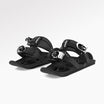













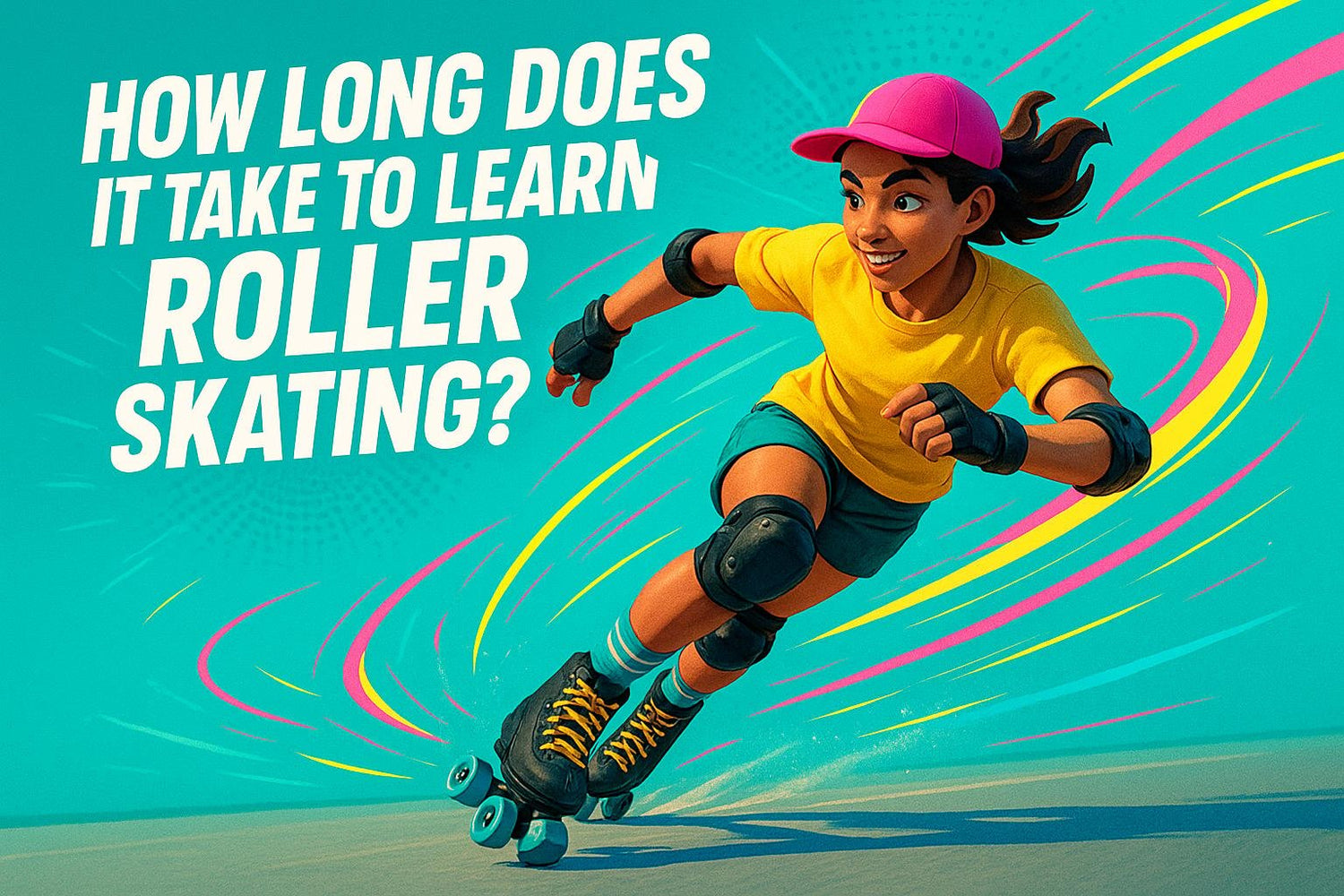
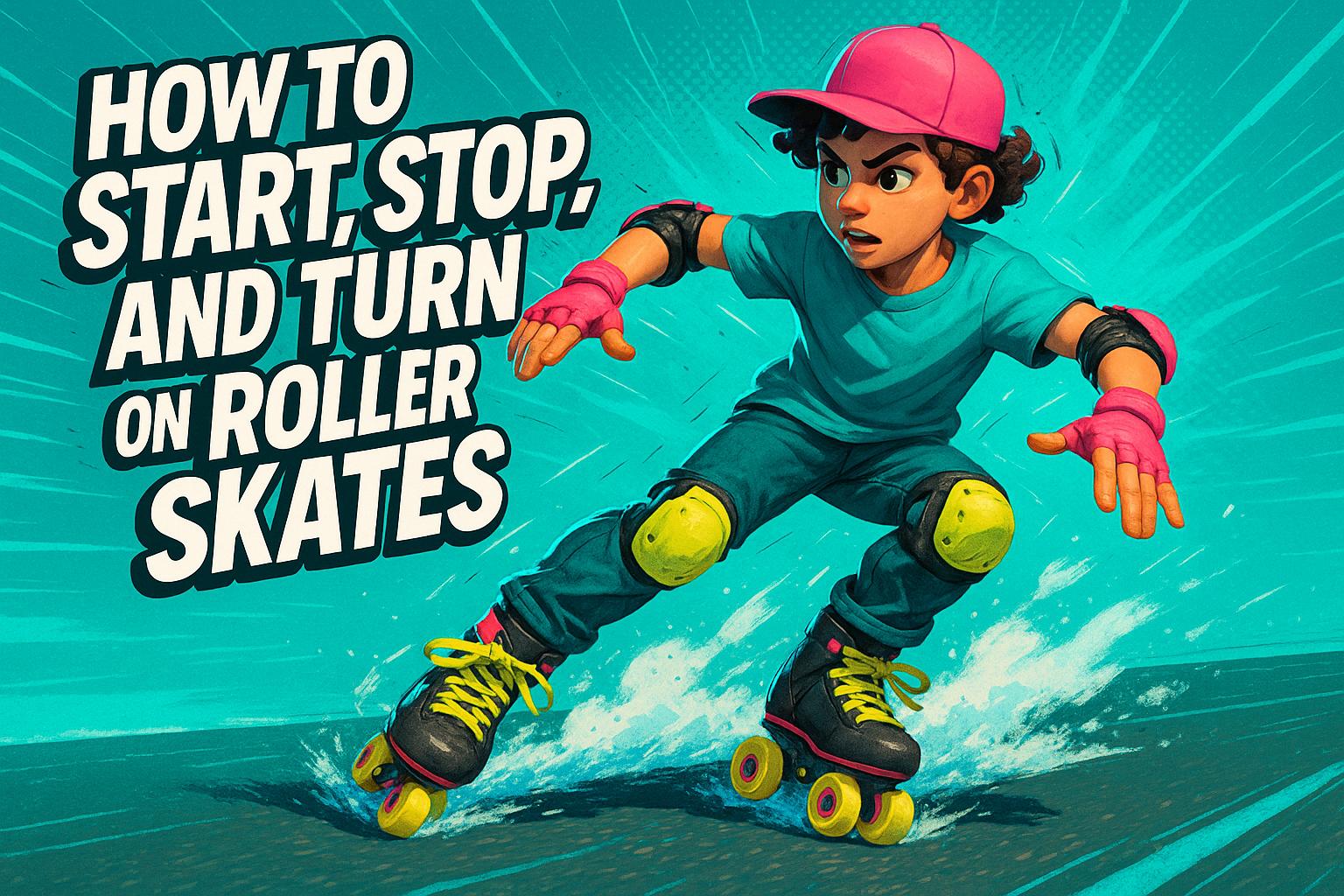
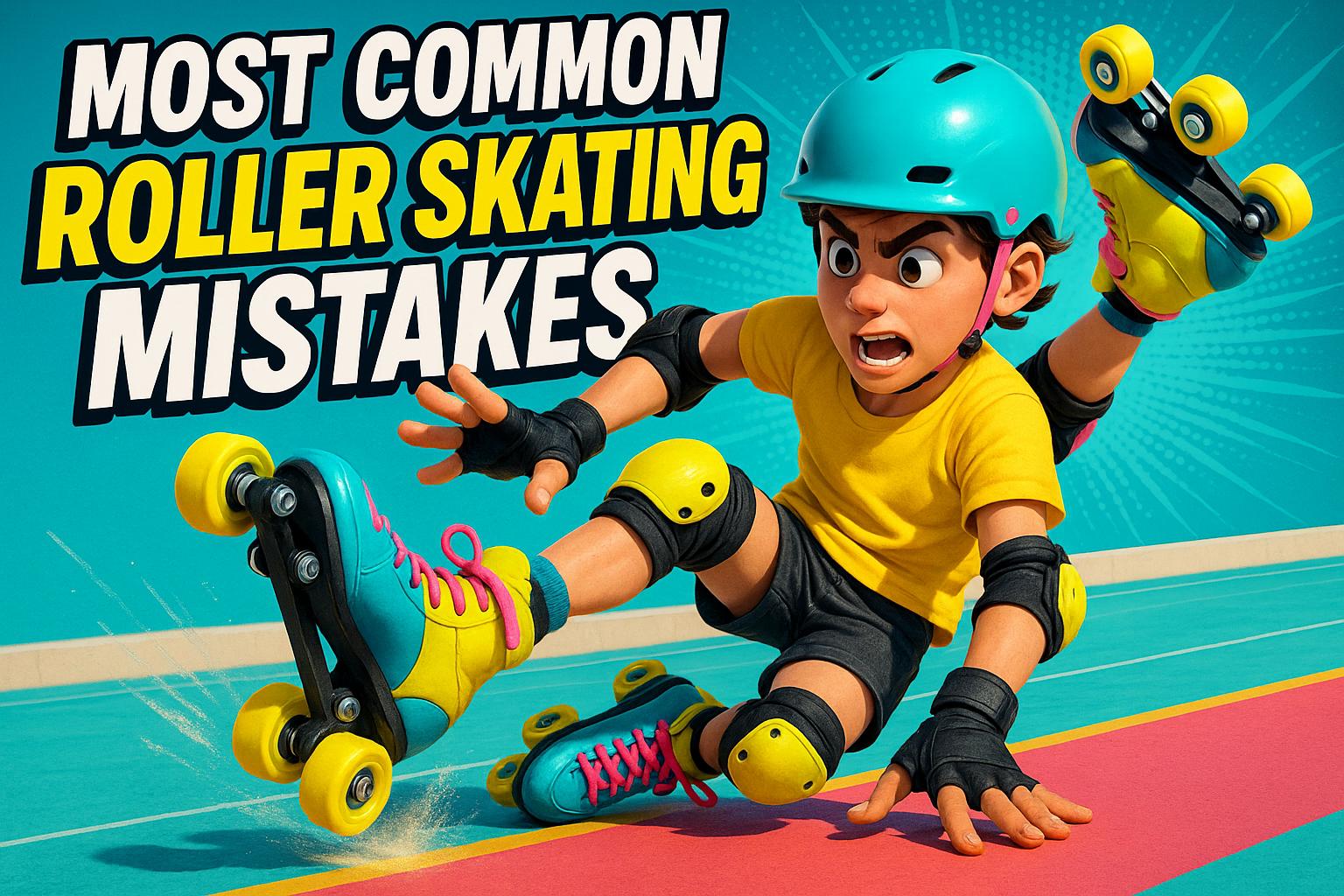




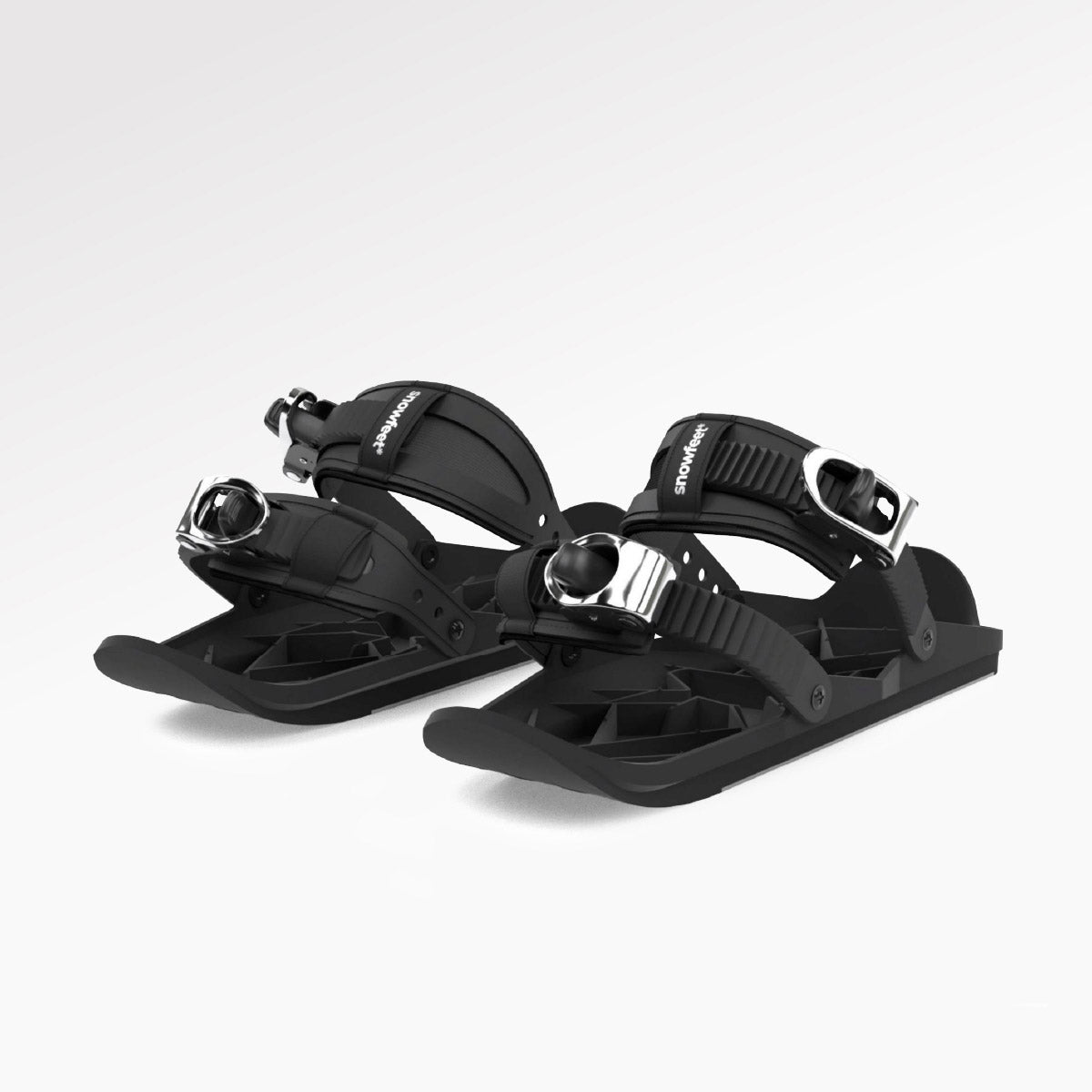
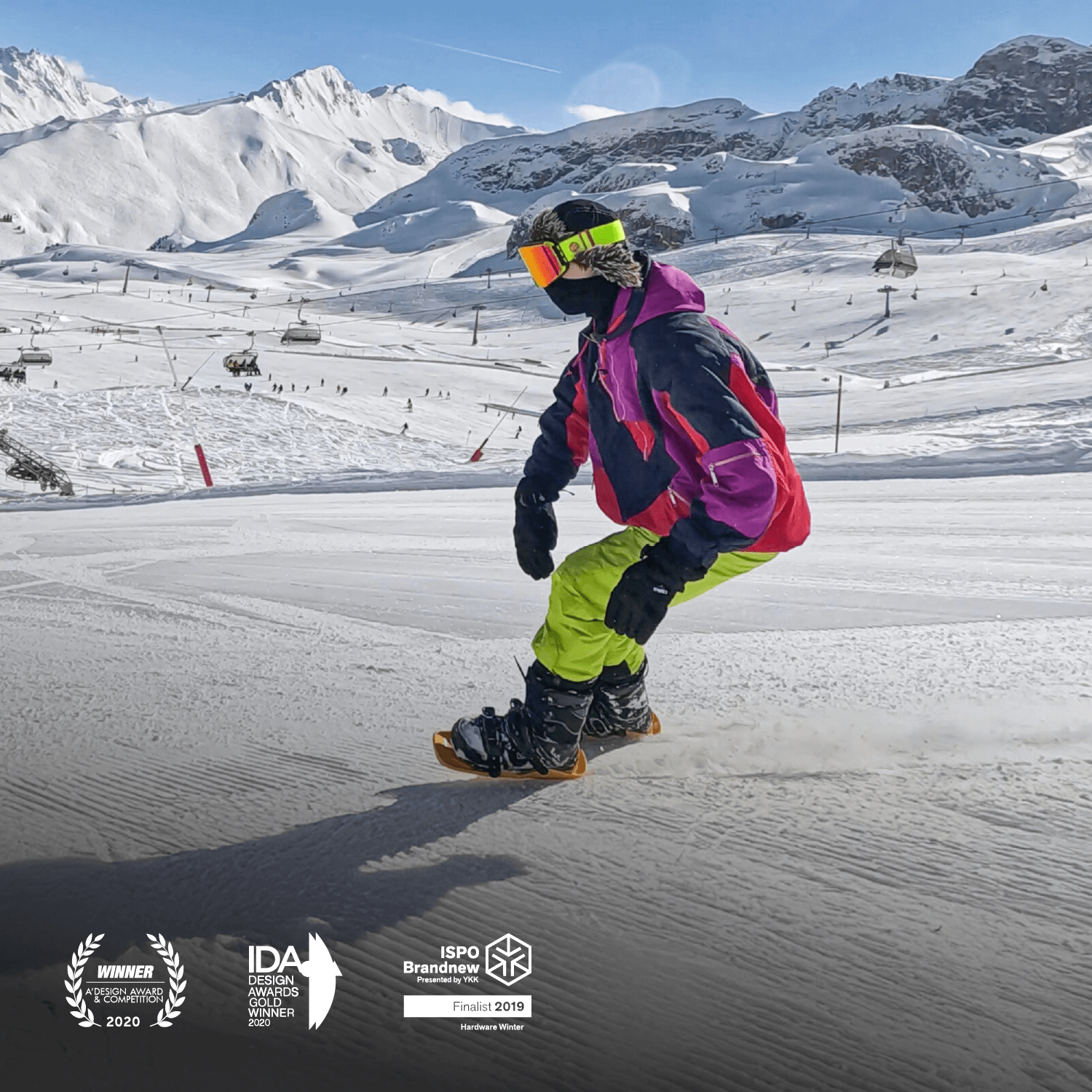




Leave a comment
This site is protected by hCaptcha and the hCaptcha Privacy Policy and Terms of Service apply.